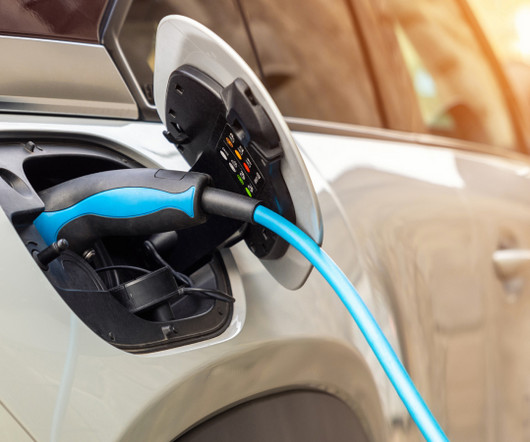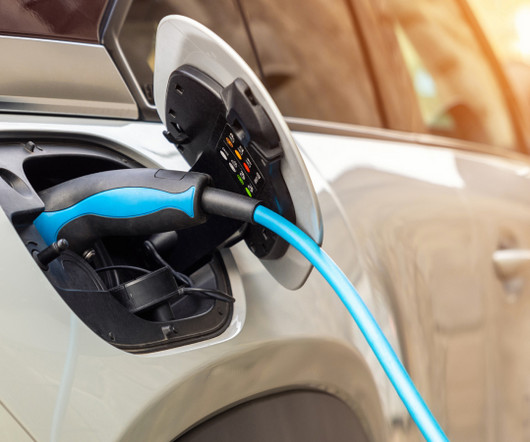Commodities Used in Electric Car Batteries: An Update on Lithium and Nickel
Resilinc
NOVEMBER 1, 2023
Countries worldwide have announced policies to promote the shift toward green technologies—especially electric vehicles (EVs). In India, the national Production Linked Incentive (PLI) is set to encourage domestic EV manufacturing—and this is just a glimpse of the latest policies worldwide. from 2023 to 2030. from 2023 to 2030.

















Let's personalize your content